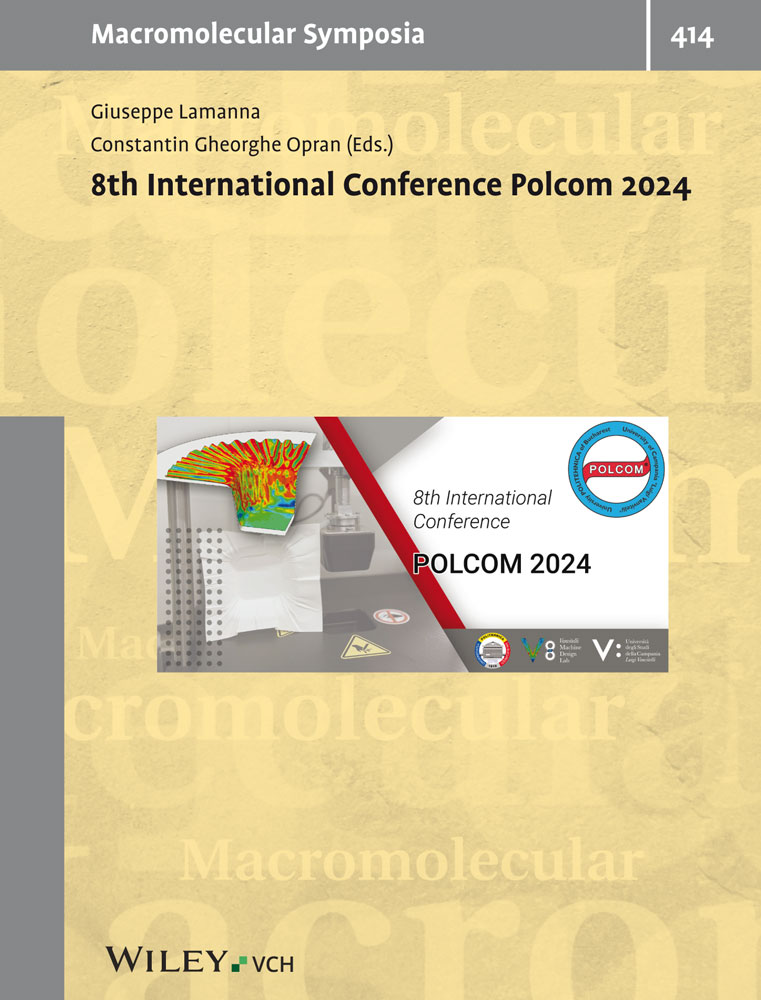Photo-ageing of a thermoplastic aromatic polyurethane in contact with artificial sweat
Abstract
An artificial photo-ageing cell was adapted in order to study the behaviour of polymers partly immersed in artificial sweat. The goal was to select polymers and to transform them into objects that come in contact with the skin. The polymer studied in this paper is a thermoplastic aromatic polyurethane (TPU) with the following characteristics: soft, transparent, lightly yellow coloured and hypoallergenic. The ageing of this polymer was studied with or without the presence of light stabilizers, and with or without sweat.
The physico-chemical changes in the TPU were analysed step by step during ageing. The differences in mass variation between the different ageing modes (with or without sweat; with or without stabilizers) provided information on the hydrolytic action of the sweat. The chemical changes that occurred around the irradiated or immersed surfaces were studied by IR-ATR spectrometry in order to characterize the photo-oxidation and hydrolytic effects as well as their coupling. The morphological modifications of the polymer were recorded by differential scanning calorimetry.




